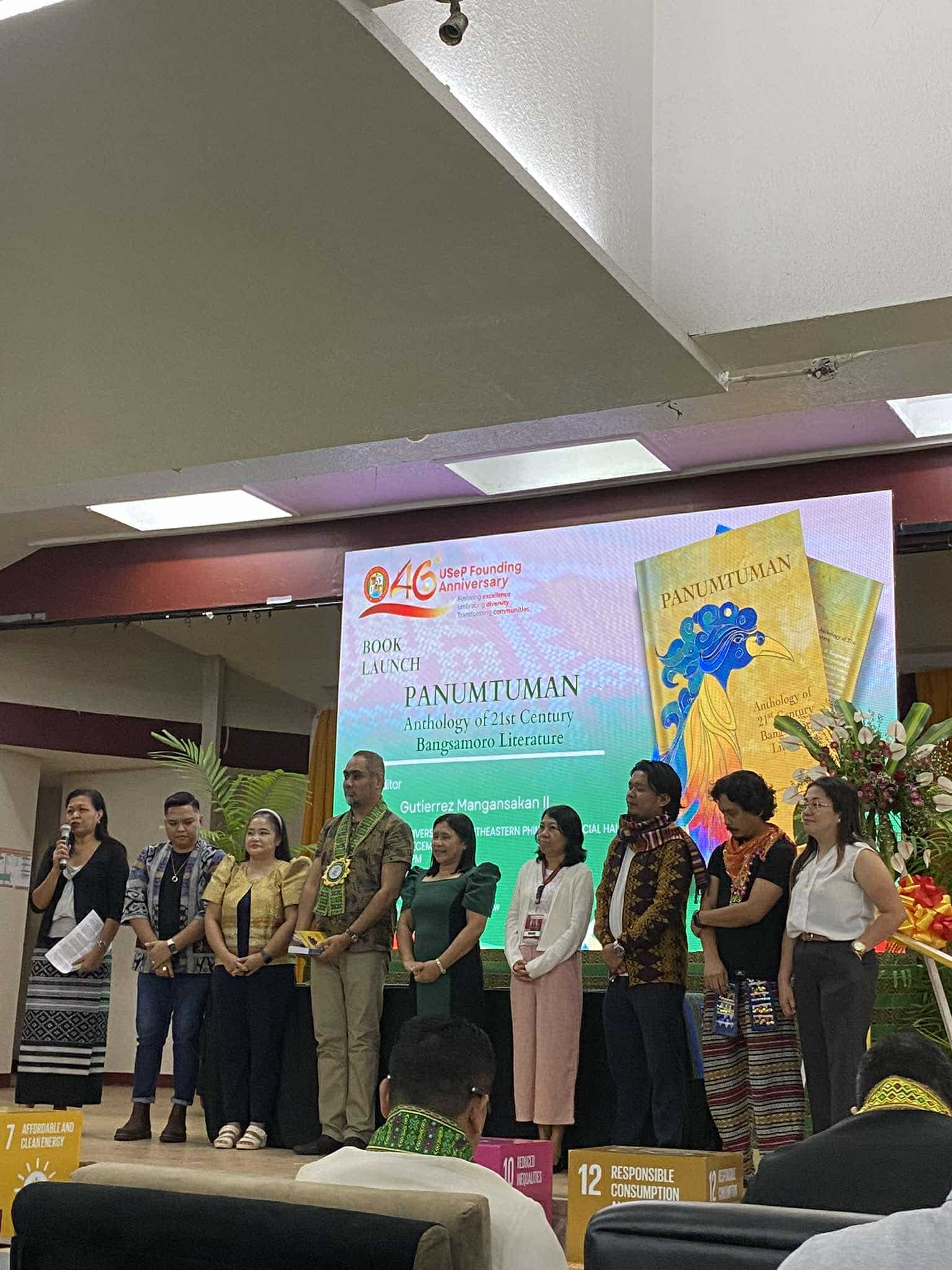Creativity is a language that moves us beyond words.
From 2011 to 2016, I participated in various dialogues and peace talks organized by different government agencies, NGOs, and CSOs to understand a culture of peace in Mindanao. One notable event I attended involved peace advocates and community members engaging in a holistic, transformative activity by crafting a collage as an inclusive community in Mindanao. Using a large sheet of paper, magazines, newspapers, colored pens, scissors, and glue, we were encouraged to calm our minds. Once we found our inner peace, we were invited to create our collective story magazine. Whenever an image, color, or design resonated with us, we began layering images on top of each other (some overlapping and some beneath others), transforming rectangular magazine pages into intricately shaped cutouts.
In 2022, when the BHC Team invited me to serve as the chair of the technical committee for the 1st International Conference on Bangsamoro Literature (ICBL), I readily accepted, driven by my commitment to research, publication, and community extension. Listening to the voices of Bangsamoro writers was an emotionally charged experience that you cannot cut like in the magazine in creating a collage that captures different emotions. As we heard these writers share their stories, it was heartfelt and so inclusive because of the safe space organized for them.
Through this collective experience at the conference, it created an image that tells a beautiful story that needs to be shared.
Their story.
The Bangsamoro stories.
After the event, I was asked to design the book cover for “PANUMTUMAN: Anthology of 21st Century Bangsamoro Literature.” I began to reflect: “What initially resonated with me while listening to their narratives? What visual image am I envisioning? How do these colors influence my emotions? If I were to incorporate sounds, music, and movement into this book cover, what would I hear, and how would I interpret that movement?”
At that moment, I realized I just had to go back to my creative language.
A path into the Bangsamoro’s deeper self that allows readers to access their story.
Their truth.
Their voice.
Throughout my commitment to communities, I primarily rely on two main tools: I do a lot with history and historical considerations and do a lot of critical thinking. In exploring with these things, I have come to realize that the worth of our people in Mindanao is really low in the eyes of the Filipinos and the eyes of Filipino culture; that there exists a clear hierarchy that permeates within those spaces that immediately tells every child and, ultimately, every adult that our value is often regarded as unimportant when they engage in education and research in the Philippines.
The unique stories of our people unfold across the country, yet many remain unaware of who or what a Mindanawon person truly represents. There is no value to our stories. There is not even space for our stories, the stories that don’t make sense to anyone. The stories that do not fall in line with the mandates of our colonized institutions. Yet I stand here in spite of these things for I am my grandparents’ greatest dreams that were never supposed to come true.
I wish to share the image of this book cover to emphasize that our Bangsamoro people hold significance for us. Kudos to the initiatives of the BHC Team in establishing a platform for Bangsamoro writers, along with the guidance of the following: 1) Prof Sajed Ingilan as a conscious community researcher, challenging me to design the cover; 2) Director Teng as the book editor, and 3) Prof Neldy for introducing Sir Al-Khaizar to enhance our book cover. I hope this design effectively contributes to a peaceful future by addressing the complex and multifaceted process of decolonizing Bangsamoro literature. This involves reclaiming cultural narratives, promoting linguistic diversity, and amplifying minority voices within the literary and creative landscape.
Now that the ILCA is all responsible for this information, these stories are to be carried! Their stories are to be held. Their stories are to be revered.
Are we making spaces for our people in our homes and our workplaces?
Are we creating inclusion in those places?
Do we realize that as we walk these lands, there are people who walk these lands before us?
These lands hold sacred significance, and it is essential to acknowledge that our people continue to exist here and that they matter and will always matter because this is the land of our inheritance; this is the land that the Creator gave us.
Indeed, creativity is a language that moves us beyond words!


